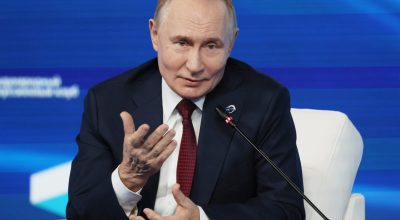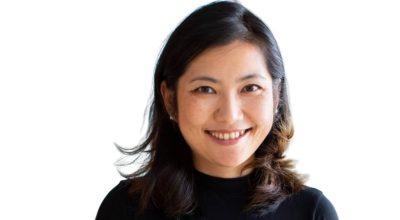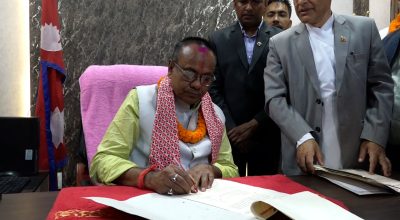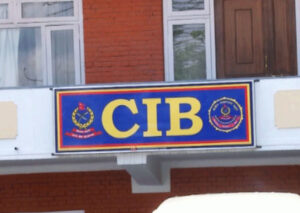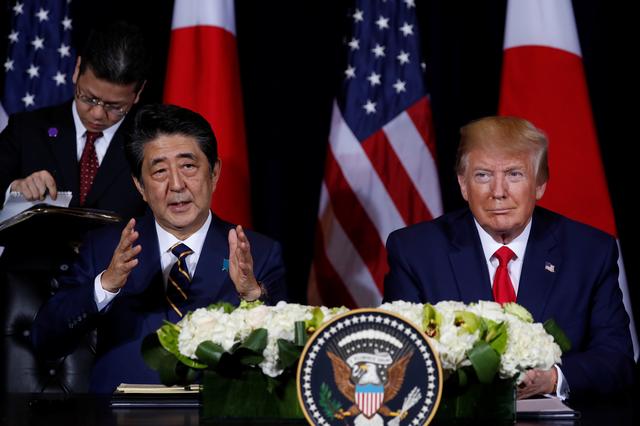
NEW YORK, Sept 26 (Reuters) – U.S. President Donald Trump and Japanese Prime Minister Shinzo Abe signed a limited trade deal on Wednesday that cuts tariffs on U.S. farm goods, Japanese machine tools and other products while further staving off the threat of higher U.S. car duties.
Trump said the first-phase deal would open up Japanese markets to some $7 billion worth of U.S. products annually, cutting Japanese tariffs on American beef, pork wheat and cheese.
Although the agreement does not cover trade in autos, Abe said he had received reassurance from Trump that the United States would not impose previously threatened “Section 232” national security tariffs on Japanese car imports.
“Between President Trump and I, myself, this has been firmly confirmed that no further, additional tariffs will imposed,” Abe told a news conference. “And with the entry into force of our trade agreements, I believe both of our economies will be able to further grow and develop.”
U.S. Trade Representative Robert Lighthizer said after a signing ceremony between the two leaders on the sidelines of the United Nations General Assembly that the two countries would tackle cars in a later round of negotiations expected to start next April.
Autos are the biggest source of the $67 billion U.S. trade deal, and Trump has frequently complained that U.S. automakers do not enjoy equal access to Japan’s market.
Lighthizer said it was not the U.S. intention to impose additional car tariffs, which would be based on the results of a Commerce Department study that has found auto imports to threaten national security.
Japanese Foreign Minister Toshimitsu Motegi, who had negotiated the pact with Lighthizer, said that as long as the agreement was faithfully implemented, the tariffs would not be applied.
A Japanese government statement also said further talks would seek to eliminate the existing 2.5% U.S. tariff on Japanese cars and would not result in the imposition of U.S. import quotas on Japanese autos.
Lighthizer, during a previous stint at the office of the U.S. Trade Representative (USTR) in the 1980s, helped negotiate voluntary export restraints on Japanese autos, which led to increased U.S. production by Japanese automakers. But Japan still exports about 1.7 million cars a year to the United States, making up about 10% of U.S. vehicle sales.
Wednesday’s deal was met with cautious praise from farm groups and lawmakers, who said they looked forward to a more complete deal.
U.S. Representative Jackie Walorski, an Indiana Republican, said she was “encouraged the deal will mean fewer barriers to digital trade and more certainty that costly auto tariffs will not threaten American jobs or raise prices for consumers.”
The U.S.-Japan talks, launched a year ago, hit a snag earlier this week as Japan had sought last-minute assurances that Trump would not impose the Section 232 tariffs.
The USTR characterized the agreement signed by Trump and Abe as “early achievements” from their negotiations on market access for agriculture, industrial goods and digital trade.
The deal could provide some limited relief for U.S. farmers, who have been battered by China’s retaliatory tariffs against U.S. soybeans, pork and other products in the 15-month-long trade war between Washington and Beijing.
Under the agreement, Japan would open new markets to about $7 billion in American agricultural products, Trump said. “Japanese tariffs will now be significantly lower or eliminated entirely for U.S. beef, pork, wheat, cheese, corn, wine and so much more.”
Trump later praised China’s recent agricultural purchases as “goodwill” measures and said a deal with Beijing could come sooner than people think.
Trump also said signing ceremony with Abe that the deal’s first phase would cover $40 billion worth of digital trade between the world’s largest and third-largest economies.
The USTR said about 90 percent of U.S. food and agricultural products will receive duty-free or reduced-tariff access to Japan, but wheat will still be subject to a quota limiting the volume of U.S. imports.
However, many of the products gaining new access will still face tariffs that phase out over several years, including wine, ethanol, cheeses, processed pork, poultry, frozen potatoes, oranges, cherries and egg products.
Motegi told reporters that the tariff cuts on U.S. farm products are “within the range” of tariff cuts granted to countries in the Trans-Pacific Partnership trade deal, which Trump quit in 2017.
Japan will see reduced or eliminated tariffs on a small amount of agricultural goods, including cut flowers and soy sauce, and a wide range of industrial goods, including steam power turbines, machine tools, bicycles and musical instruments.
The digital trade agreement largely follows the U.S. model of internet development, prohibiting taxes on cross-border digital downloads and rules requiring so-called data localization – the storing of data on devices physically present within a country’s borders, the USTR said.
The deal also limits the ability of the governments to demand source code from digital services providers for security or safety purposes, which the United States says China widely practices.
Abe said the digital trade agreement would establish high-level rules in the sector.
“The agreement is important for Japan and the United States” in terms of their leading the world in making rules for digital commerce, he added.





